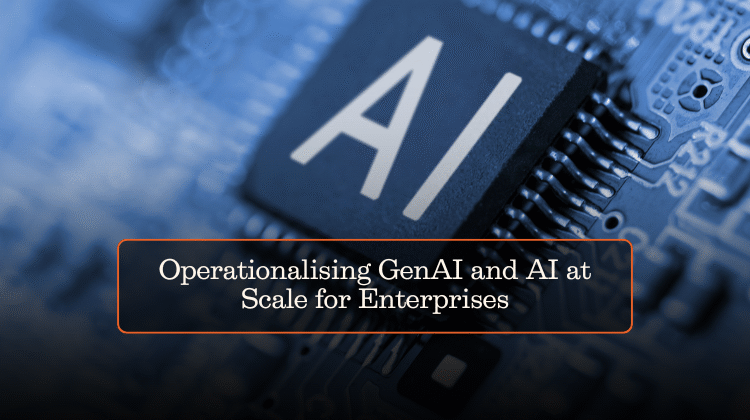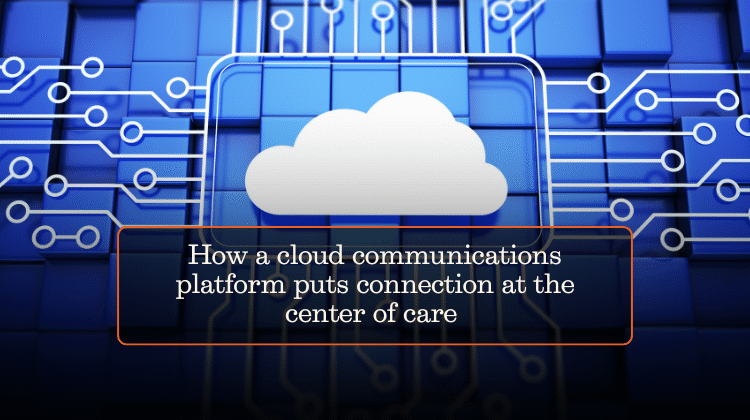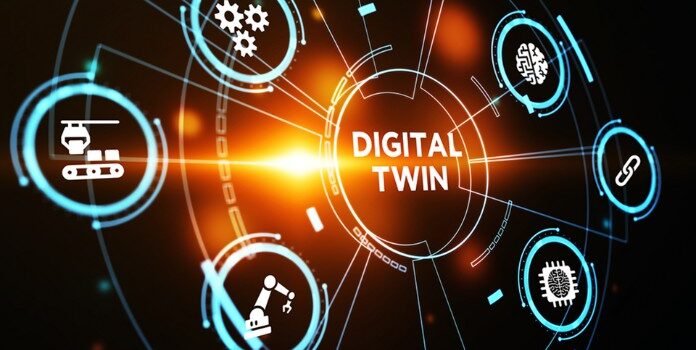
The Rise of Digital Twins in Enterprise IT
In the world of digital innovation, one technology is silently redefining how enterprises manage their IT operations—digital twins. Initially developed for engineering and manufacturing, digital twins have rapidly expanded into other industries, including IT. By creating virtual replicas of physical systems, infrastructure, or even processes, businesses are gaining deeper insights, optimizing performance, and solving issues before they impact operations.
While the concept might sound futuristic, its application is very much grounded in today’s business realities. As IT environments become increasingly complex, digital twins offer a sophisticated yet practical solution to improve control, visibility, and performance.
What Exactly Is a Digital Twin?
A digital twin is a real-time, virtual representation of a physical asset, system, or process. In the context of IT operations, this could mean a live digital model of a data center, network architecture, cloud infrastructure, or even software systems.
These models are powered by data collected from sensors, logs, and monitoring tools. They continuously update to reflect changes in the physical system, enabling IT teams to simulate scenarios, predict outcomes, and respond proactively to potential issues.
This real-time mirroring of IT assets is quietly transforming how companies monitor, maintain, and evolve their technological ecosystems.
Bridging the Gap Between Physical and Digital
Modern IT infrastructure spans on-premise servers, cloud-based environments, hybrid setups, and a growing list of endpoints. Managing this complexity using traditional monitoring tools can lead to blind spots and reactive firefighting.
Digital twins bridge this gap by offering a unified, contextual, and dynamic view of IT assets and operations. IT teams can visualize interdependencies, monitor live status, and simulate failures—empowering them to plan and act with unprecedented precision.
For example, a digital twin of a cloud application stack could help identify the root cause of latency by simulating the flow of data across services, databases, and networks in real time.
Enhancing Predictive Maintenance and Downtime Reduction
Downtime in IT systems is not just an inconvenience—it can be a significant financial and reputational risk. Digital twins enable predictive maintenance by continuously monitoring asset health and analyzing historical patterns to forecast potential failures.
With this foresight, IT teams can schedule interventions before disruptions occur. This reduces unplanned outages, improves service availability, and minimizes costs associated with emergency fixes.
Moreover, when issues do arise, digital twins help identify the exact cause faster, leading to quicker recovery and better incident response.
Improving IT Resource Optimization
Efficiency is critical in IT operations, especially as workloads scale and infrastructure grows more complex. Digital twins offer a bird’s-eye view of resource utilization across the enterprise. This includes:
- Server load balancing
- Network throughput
- Storage capacity
- Virtual machine performance
By modeling the current state and simulating potential changes, IT leaders can make data-driven decisions about where to scale up or down, migrate workloads, or retire underutilized assets. This leads to smarter use of capital and operational expenditures.
Supporting IT Governance and Compliance
As regulations around data security and IT governance continue to evolve, digital twins provide a powerful tool for ensuring compliance. These models can trace the movement of data, track configuration changes, and maintain detailed logs—all in real time.
Auditors and security teams can use digital twins to validate access controls, monitor for suspicious activity, and ensure that systems are operating within defined policy frameworks. This proactive approach not only reduces risk but also builds confidence among stakeholders.
Enabling Smarter Decision-Making Through Simulation
One of the standout benefits of digital twins is their ability to simulate “what-if” scenarios. In IT operations, this capability has vast potential. For instance, teams can:
- Model the impact of a server crash
- Test new software deployments
- Assess the effects of scaling infrastructure
- Simulate cyberattack responses
These simulations help IT leaders evaluate different strategies and make more informed decisions—without putting live systems at risk.
In an age where agility is key, this ability to test changes in a safe, virtual environment can significantly accelerate innovation cycles while minimizing disruptions.
Integrating AI and Machine Learning with Digital Twins
When integrated with AI and machine learning algorithms, digital twins become even more powerful. AI can analyze the massive datasets generated by digital twins to uncover hidden patterns, optimize processes, and automate responses.
For example, an AI-enhanced digital twin can detect anomalies in network traffic that may indicate a breach, automatically flag it, and suggest remediation steps—significantly reducing mean time to resolution (MTTR).
This fusion of digital twins and AI marks a new era in IT operations—where intelligent systems not only observe but also act.
Adoption Challenges and Considerations
Despite their advantages, digital twins are not without challenges. Implementing them requires investment in data integration, modeling expertise, and infrastructure. Ensuring accurate, real-time data feeds is critical to maintaining the fidelity of the model.
Moreover, organizations must be mindful of data privacy and cybersecurity, particularly when modeling sensitive systems. Establishing clear protocols and using secure technologies is essential to mitigate risks.
That said, the ROI of digital twins in IT is increasingly hard to ignore. As platforms mature and toolsets become more accessible, adoption barriers are expected to decrease.
The Future Outlook: Quiet Disruption with Loud Results
Digital twins may not be the loudest trend in IT, but their impact is profound. By offering real-time visibility, predictive insights, and simulation capabilities, they are quietly reshaping the very foundation of IT operations.
As businesses strive for greater resilience, agility, and efficiency, digital twins will play a crucial role in navigating complexity and driving innovation from within.
Whether you’re running a data center, managing a multi-cloud environment, or supporting a globally distributed workforce, the message is clear: it’s time to explore the transformative power of digital twins.
For more deep-dive insights into cutting-edge technologies shaping the future of enterprise finance and IT, stay updated with the latest expert content and news at BizInfoPro.










